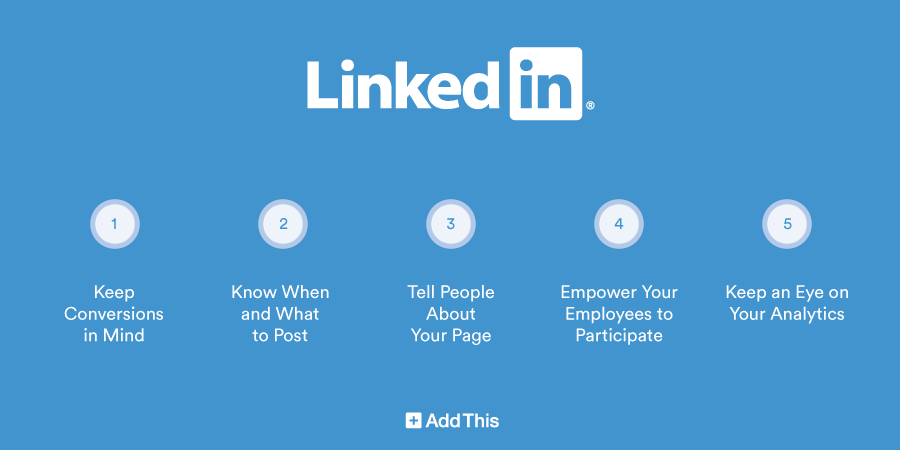



Posted by BUILDNICHELINKS 0
If you’re not making an effort to improve your search engine optimization, or SEO, you might as well not have a website. After all, SEO is what helps people find you in the vast wilderness known as the Internet.
Even well-known brands need to diligently employ good SEO practices to make sure they stay competitive. Appearing as the number one result in Google for an industry keyword is a much-coveted achievement, and for good reason: users are more likely to click on the top result than any other. If you want to drive traffic to your website, you need to rank as high as possible.
There are some site-wide SEO practices that are important to employ, but for now let’s talk about what needs to be done for every new page of content you put online, known as on-page SEO.
The keyword needs to be something that your target audience would probably type into Google if they had a question. Thinking about your target audience’s “frequently asked questions” is a good place to start. A keyword can be a single word or a longer phrase. It is usually easier to rank higher for longer phrases because people don’t often think to optimize them, whereas single words are exceedingly popular.
There are many keyword research tools you can use, but Google itself is a great place to start. Start typing in a simple word associated with your industry and see what Google suggests via the auto-populate feature. Click enter and scroll down to see a list of related search words. Keep clicking around on suggested words for more and more ideas.
Google Webmaster Tools is free and provides valuable information regarding the success of your SEO efforts. It shows you the keywords people have been using that have led them to your site. Critically, it also shows you the keywords people have used in which your site was a result, but wasn’t clicked on. These are called “impressions” and can give you insight into which keywords you need to better optimize.
One of the most important areas for not only Google, but also your target audience, is the title of the page. Place the keyword toward the beginning of the title if at all possible. Google will display keywords in titles in bold face, which makes them jump out at users. If your keyword is toward the end of a rather long title, it could be obscured from the search result page altogether, as Google only shows a certain number of title characters (approximately 50-60).
Note that Google also favors web pages with the keyword in the URL. Change your site’s default naming convention if necessary so that the title appears in the URL, and you can kill two birds with one stone.
A good keyword density to aim for is less than 2.5 percent. This means that for every 100 words of copy, your keyword appears less than about 2 or 3 times. That equals roughly 1 or 2 mentions per paragraph as an absolute maximum.
However, don’t have a target percentage in mind when you write, or else the copy will come across as forced. Instead, write for a human audience. Write what seems natural. Err on the side of caution and have a smaller keyword density rather than overshooting it and having a larger keyword density. If you’ve finished writing and your keyword appears nowhere in the copy, you’ll need to find a couple of places to plug it in. Or maybe you should choose a different keyword altogether.
But meta descriptions also serve an even better purpose: they are an opportunity for you to give an “elevator pitch” to users, convincing them in a limited number of words why they should visit your site. You need to convey that your site has the answers they are looking for, that your site is the most authoritative, or that your site is simply the most entertaining.
If the anchor text of an internal link (a link that leads to another page on your website) contains the keyword, you are telling Google that the other page is relevant to the keyword. Again, it has the potential to dilute the ranking power of the page you are trying to optimize.
A network of internal links is extremely important in guiding users around your site, and a network of quality outbound links is important in establishing the legitimacy of your website. Just tread carefully when choosing anchor text.
When it comes to keyword placement for SEO, these are the most important elements to consider. At first it may seem like a challenge to optimize every single page. However, the more you practice, the better you will be able to seamlessly integrate keywords as you write, and the faster you will be able to edit image tags, meta tags and more.



Search on Build Niche Links
Email Marketing
How we build links
Mobile Marketing
User Behavior & SEO Structure
Try These SEO Hacks for Immed Read More!
Tuesday, 26 Jul 2016
How to Keep up with Content M Read More!
Wednesday, 20 Jul 2016
Best Practices for Marketing Read More!
Friday, 15 Jul 2016